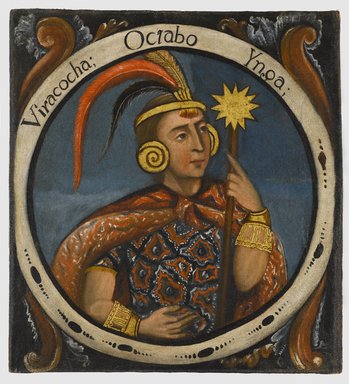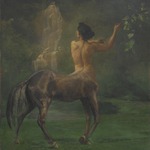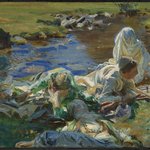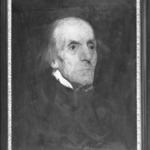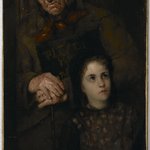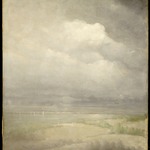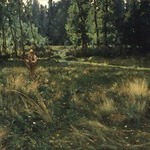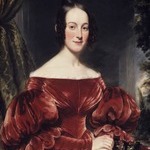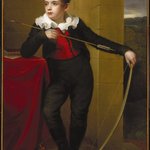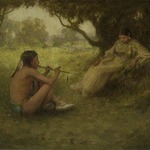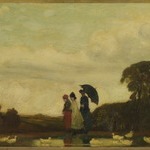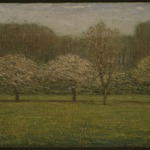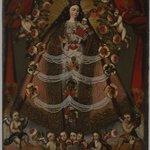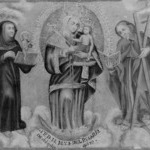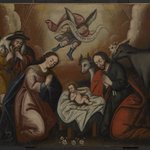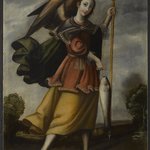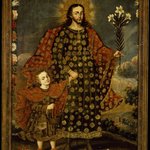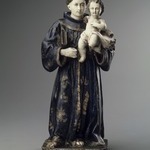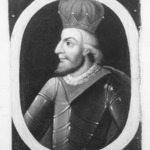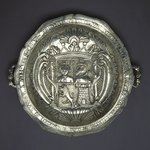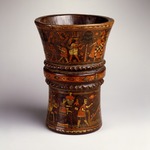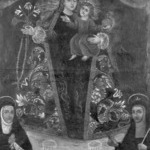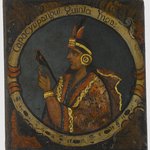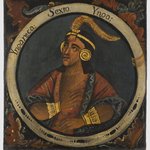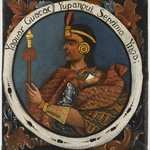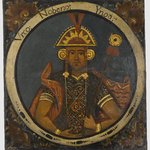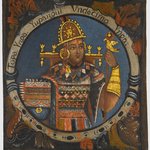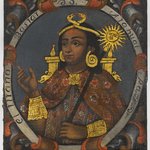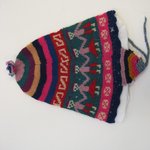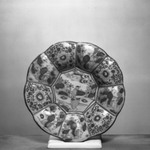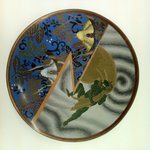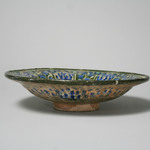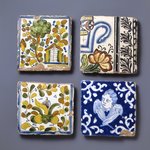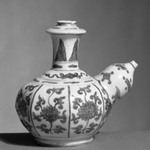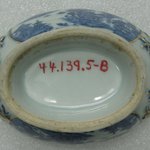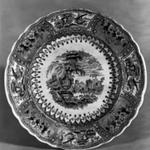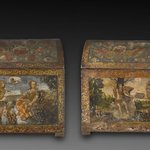Who are they?
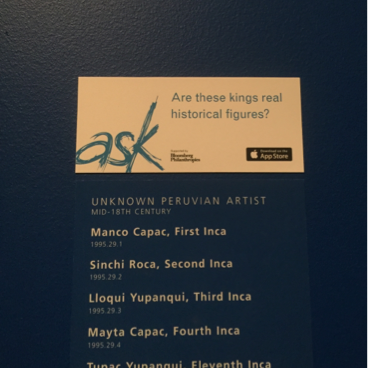
This series of 14 bust-length portraits represents historical Inca kings. Their names and positions in the line of royal succession are inscribed on the decorative roundels around each portrait.
I was wondering if these chiefs are real historical figures?
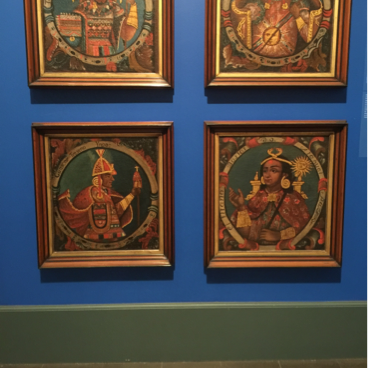
Yes, they are. This series of 14 bust-length portraits represents historical Inca kings.
The earliest known Inca portraits were painted in Cuzco, the former capital of the Inca empire in the Peruvian Andes, as a kind of historical record. Painted for a local market, these portraits helped people to trace their lineage to the pre-Hispanic past. In Cuzco, they were visible manifestations, albeit in European form, of the ancestors who originally built the city. These portraits helped to maintain a historical identity of an idealized past existing prior to the Spanish Conquest.
In order to legitimize claims to noble lineage in the viceroyalty of Peru, members of the Inca elite often conspicuously displayed in their homes Europeanized portraits of their ancestors, the fourteen ancient Andean rulers.
Any idea if they're related or if they were elected by people? And also what time period did they rule?
Yes, they were related. For example: Sinchi Roca, Second Inca King was the son and successor of Manco Cápac and the father of Lloque Yupanqui, the third Inca King. I do not believe they were elected by the people. The first Inca King, Manco Capac ruled from 1500-1545. They all ruled for an average of 30 years.
Tell me more.

This is the eighth Inca king, Viracocha. Viracocha apparently was a valiant prince in times of war and peace. His valor in battle was well known throughout the region, and it is said his enemies feared him, and his compatriots respected him.
What do these works convey about the Incas?

These paintings were meant to convey a sense of pride in Inca heritage. They were created in the Spanish colonial period in the city of Cuzco, which had been the capital of the Inca Empire. This set would have belonged to an indigenous elite family.
The medium of oil painting, however, illustrates a blending of cultures in colonial Peru. The technique was something the Inca adopter from the European invaders, but that quickly became very popular.
I’m ten years old and I’m wondering what these are! Do they represent months?
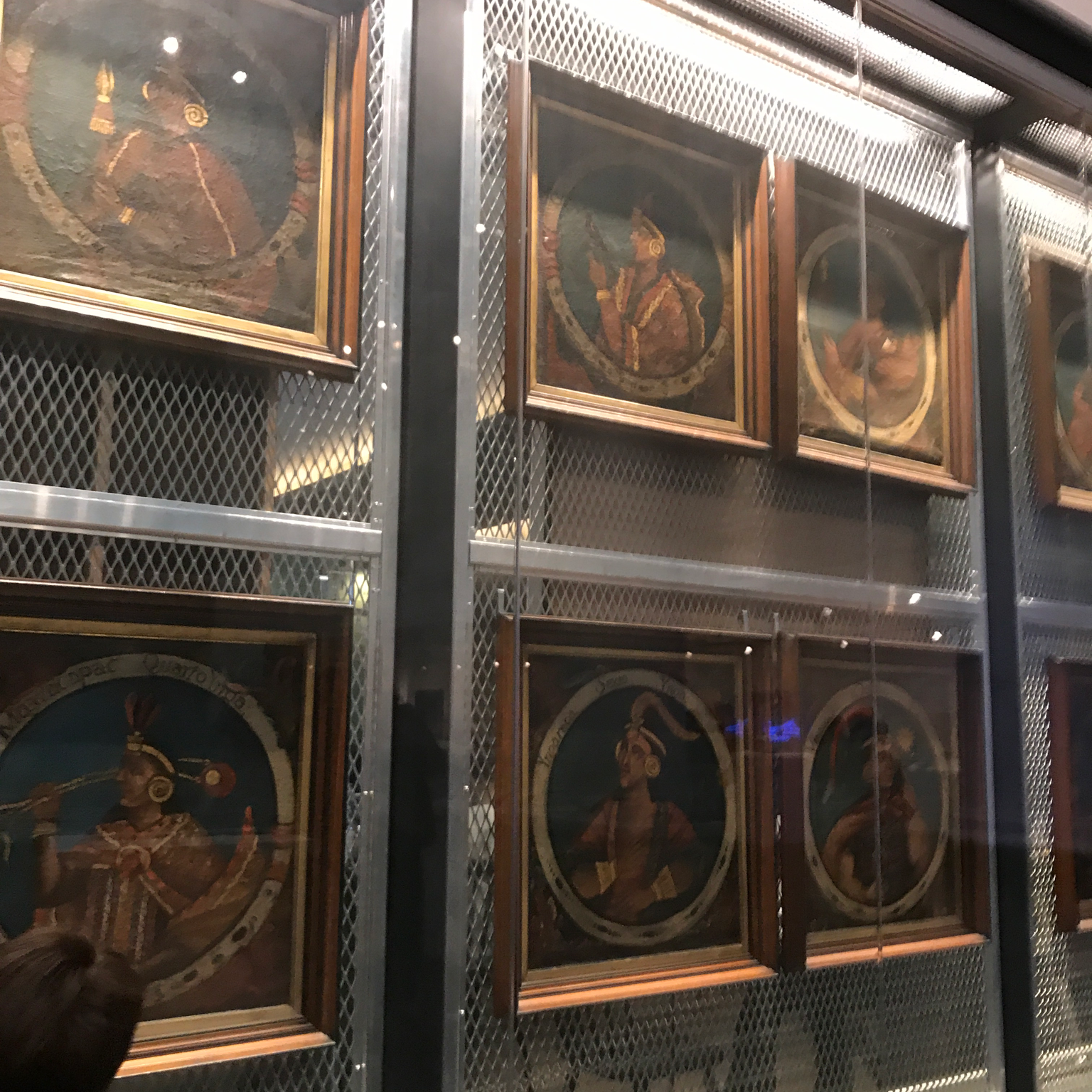
That is a really good guess but no, these are portraits of twelves of the fourteen historical Inca kings!
Interesting!
They would have been proudly displayed in the home of a wealthy indigenous family in colonial-era Cuzco.
Some of the kings had been dead for hundreds of years by the time these portraits were made. Painting them was a way of honoring the family's cultural history.
Thank you!
What do the words above the portraits mean? Are they describing an important date?
The writing above each portrait is the name and title for each individual.
For example, one reads, "Aiarmanqo Capac Primer Rey. Del Cuzco." "Manco Capac" translates to "Powerful Ancestor."
Thank you so much. This was very helpful and informative!
So I read these were from Inca aristocracy from the 18th century. How much of that culture was left by then? Up in the mountains of the Andes?

These portraits were painted in Colonial Cuzco, the historical capital of the Inca Empire; they would have been proudly displayed in the home of an indigenous elite.
Even at this time, around the mid 18th century, there was still an acknowledgment of the Incan past before colonization.
These portraits would have been an important demonstration of royal genealogy for indigenous elite families in the new social order.
